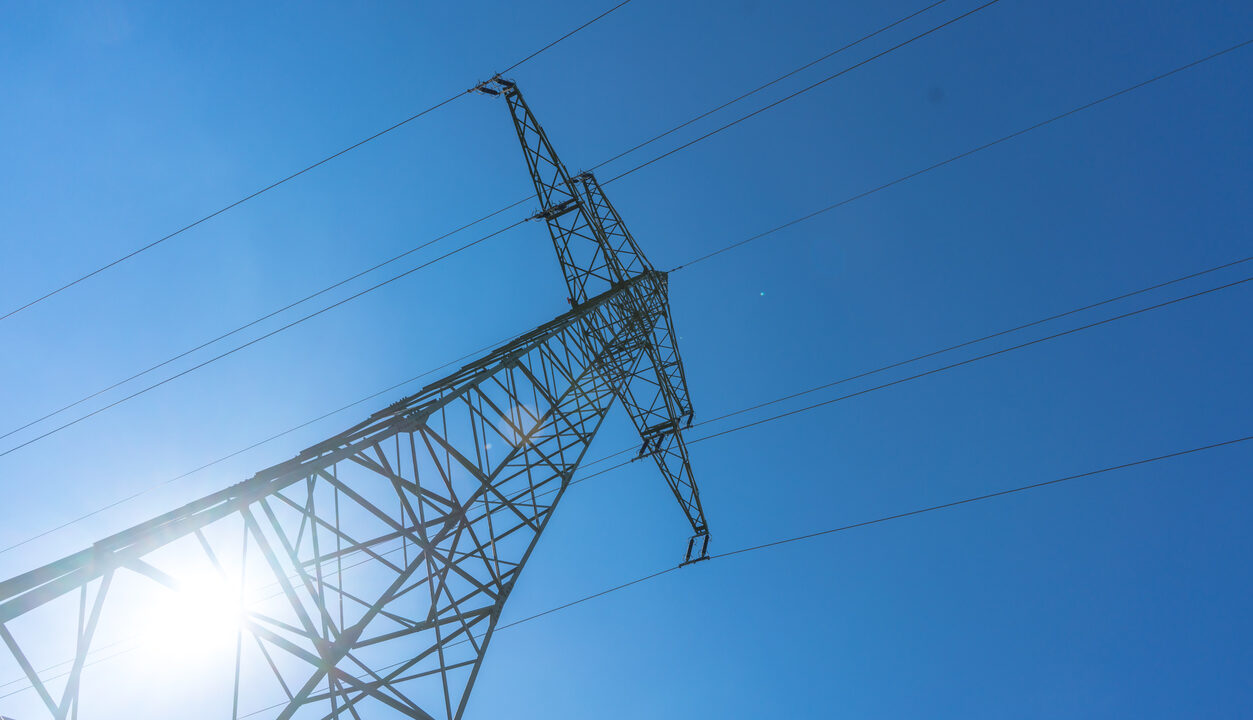Fact Sheet

Rising Electricity Costs
How High Are Electric Bills Rising?
- Electricity bills are rising across the commonwealth by an average of 73 percent between December 2020 and December 2022.
- Increases range from 55 percent for PECO customers to 100 percent for PPL customers.
- Electricity prices will climb even higher if Pennsylvania joins the Regional Greenhouse Gas Initiative (RGGI). The carbon tax program, currently under review in the courts, is estimated to increase residential electricity rates by an additional 24 to 36 percent, according to the Power Pa Jobs Alliance.
- Assuming a conservative 24 percent increase, consumers could experience an increase of 114 percent, on average, compared to December 2020 rates.
- Increases range from 92 percent for PECO customers to 148 percent for PPL customers.
What Is Driving Higher Utility bills?
- Pennsylvania is the second largest net supplier of energy to other states, after Texas. Yet Pennsylvania producers face large infrastructure constraints and restrictions on the development of natural gas.
- The Marcellus Shale Coalition estimated that 7 billion cubic feet of pipeline projects were “put on the shelf” because Pennsylvania does not have the right policies.
- Two thirds of Pennsylvania households use natural gas as their primary heating fuel, and the state’s 48 underground gas storage sites—the most for any state—help meet regional winter demand. As natural gas prices rise, heating bills for Pennsylvanians and neighbor state consumers rise
- About 10 percent of the electricity produced in Pennsylvania comes from coal-fired generation plants. The Conemaugh and Keystone plants in western Pennsylvania are set to close by 2028 because of federal regulations. Those plants have a combined rated capacity of 3,400 megawatts, which translates to enough power to supply about 3 million homes.
- Gov. Tom Wolf entered Pennsylvania into RGGI in early 2022 after he directed the Department of Environmental Protection (DEP) to prepare the RGGI regulation in an executive order issued on October 3, 2019. The General Assembly voted in 2021 to stop the implementation but could not override Wolf’s subsequent vetoes.
- The Power PA Jobs Alliance, a broad coalition of industry and labor groups, estimates RGGI would force three western Pennsylvania coal-fired power plants to close. Those closures would impact more than 500 positions and more than 8,100 workers when counting support employees.
- The Independent Fiscal Office (IFO) estimates RGGI will increase Pennsylvania electricity costs by nearly $800 million a year—effectively a tax borne by electric customers.
Can the New Governor Lower Rates?
- Governor-elect Josh Shapiro campaigned on finding a consensus policy that would address climate change without raising energy prices. It is unclear what policy changes he will pursue.
- Shapiro has not committed to joining or staying in RGGI.
- In 2021, as Attorney General, he lauded a grand jury report recommending expanding no-drill zones in Pennsylvania, requiring fracking companies to publicly disclose all chemicals used in drilling, additional regulation of gathering lines, and stricter air quality rules.
- Shapiro did commit to pursuing permitting reform—setting deadlines so businesses don’t wait indefinitely to start projects and holding agencies accountable if permits are delayed.
Can the Legislature Lower Rates?
- There are several policies that could prevent rising utility bills and even lower the cost of energy.
- Pass a constitutional amendment to allow the legislature to disapprove regulations as a check on an agency’s power to restrict energy development in the state.
- Revoke the Alternative Energy Portfolio Standards (AEPS) Act that adds an estimated $104 million a year to consumers’ electricity bills.
- Reduce the backlog of permit applications and pass permitting transparency legislation.
- Establish a protocol for permitting facilities for the liquified natural gas (LNG) process.
- Reject counterproductive proposals that will further limit the safe development and delivery of natural gas, such as a suggested 2,500-foot setback requirement on drilling operations.